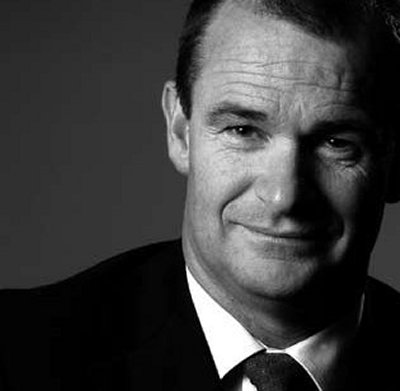Global market for Australian water technology
As a country which has continually had to deal with the scarcity of water, Australia is ideally placed to become a leader in the US$400 billion global water market. But a detailed analysis of our water innovation patents has found Australian companies are failing to leverage their valuable intellectual property (IP) into global markets.
The report ‘Pipeline To Profit?’ has been produced by Griffith Hack - an Australian firm of patent and trade marks attorneys and IP lawyers - and written by Mike Lloyd* and Mary Turonek*. The paper finds that “Few applicants are developing a critical mass of patented technology to support their export ambitions. Australian applicants are filing more patents in the water technology area than in most other areas, but the majority of these patents are for domestically oriented inventions.”
“It has been estimated that global water consumption is doubling every 20 years, which is recognised as an unsustainable rate,” notes Griffith Hack Senior Associate Dr Mary Turonek.
“Australia has built up significant expertise in managing demand for water-using technologies - and there is a potential for Australia to export this expertise to the world. But we are not securing our innovative ideas and products for the multibillion-dollar export market.”
The report suggests that Australia has the potential to turn the problem of being the world’s driest inhabited continent into profit, by developing a thriving water technology export industry. Australia has tackled its shortage of fresh water using a combination of ‘soft’ innovation (systems, processes and markets) and ‘hard’ innovation (new technologies). While both are important, hard innovations are more likely to be protectable by filing patents, and then licensed offshore.
While soft innovation can be hard to measure, hard innovations can be measured by patent filings. Most innovators file patents to protect their inventions.
The Griffith Hack study has examined all Australian patents filed since 2003 relating to technologies that improve the supply or reduce the consumption of fresh water. About 1500 patents were identified, with about 550 filed by Australian applicants (and the balance filed by foreign applicants).
Australian applicants filed more than one in three of these water technology patent applications, which is a higher rate than the one in seven patents filed for all types of technology. Australian applicants even filed more patents than US applicants, who are normally the leading source of Australian patents. NSW and Victoria led the other states for water-related patents.
The most common technology area for water patents were inventions that improved the quality of water. However, Australian applicants were more likely to file patents for inventions that improved the availability of water.
Few Australian applicants were in a strong position to export their innovations. Very few patent applicants appeared to have developed the technology concentration and the patent portfolios needed to export their way to global leadership.
Australia is spending a significant amount on improving its fresh water availability, with over AU$12 billion allocated by the Federal Government. Australia has the opportunity to turn the problem of being the world’s driest inhabited continent into profit by developing a thriving water technology export industry into the US$400 billion water market. However, it appears from the report that the Australian water industry and their investors are failing to underpin this opportunity by the development and protection of strong portfolios of intellectual property.


How to navigate Australia’s new climate regulations
Australia’s new mandatory climate reporting regulations are set to take effect next year,...
A concrete use for carpet fibres
Australian engineers have come up with an unexpected use for discarded carpets: as a means to...
COP29: finance, a "crucial" opportunity and a seat at the table
Leaders and diplomats from around the world are descending on Baku, Azerbaijan, this month for...









